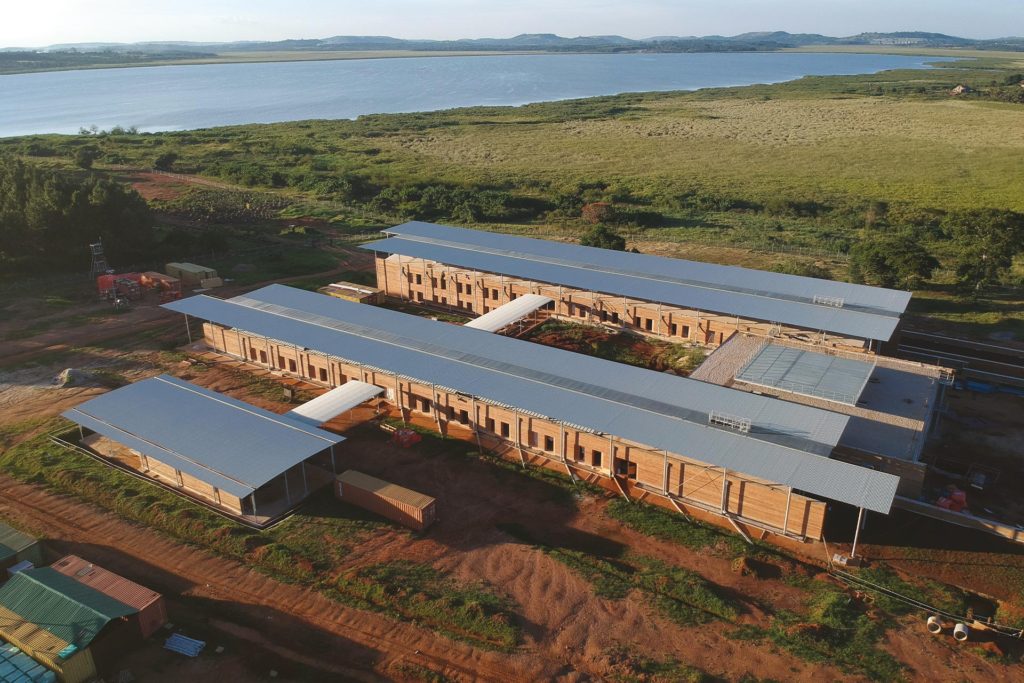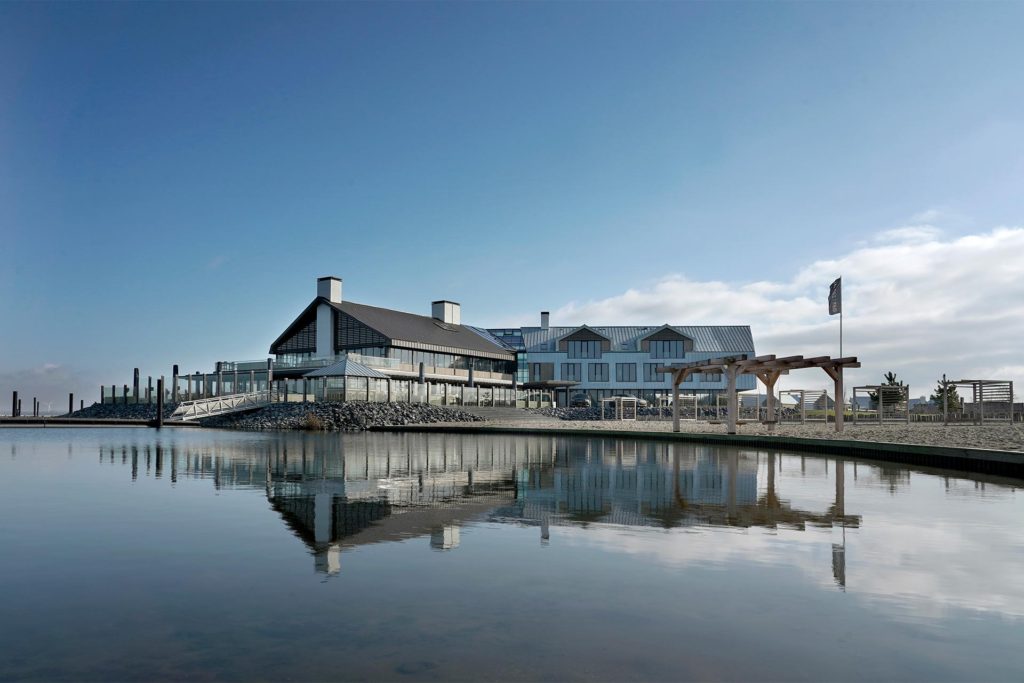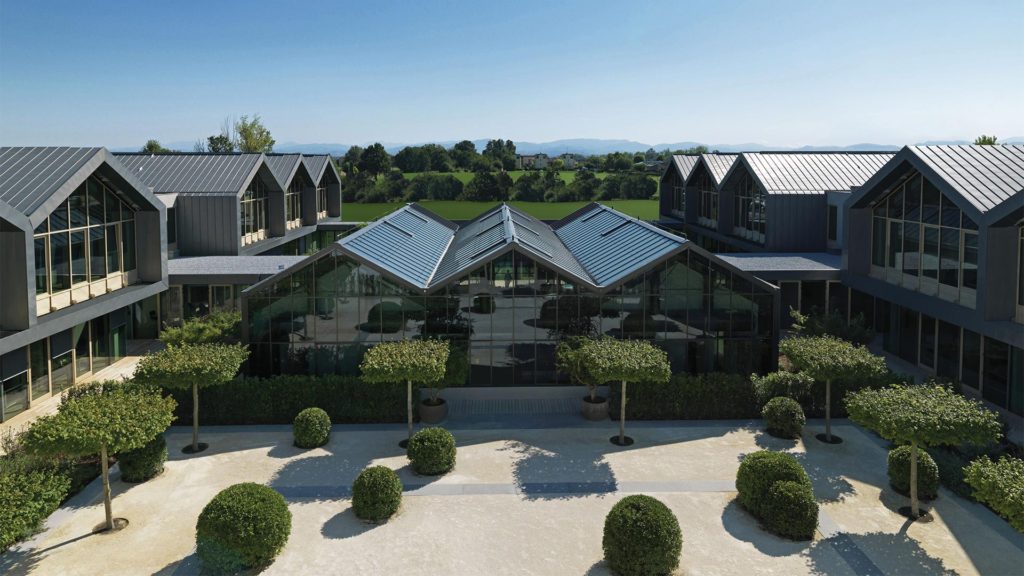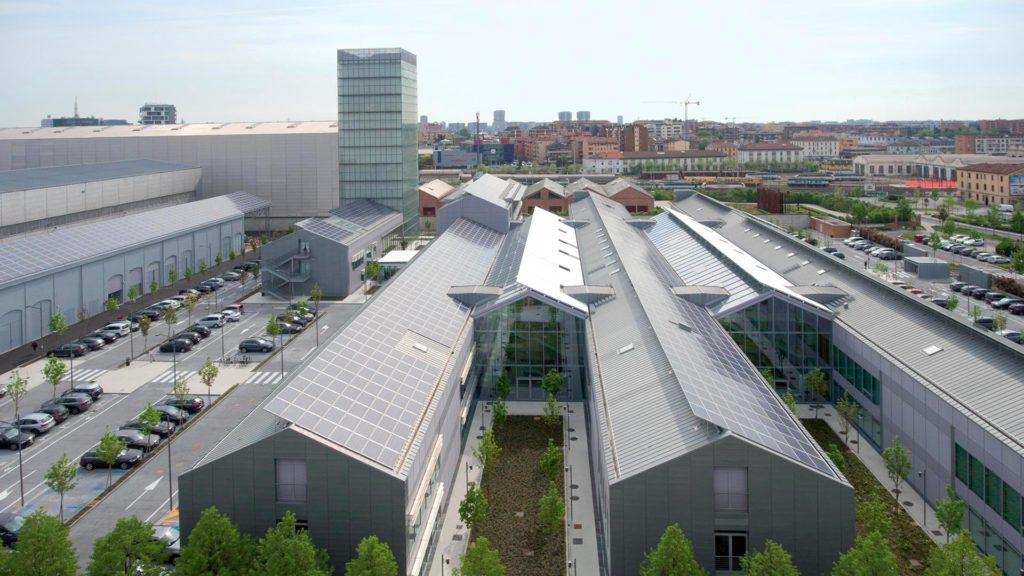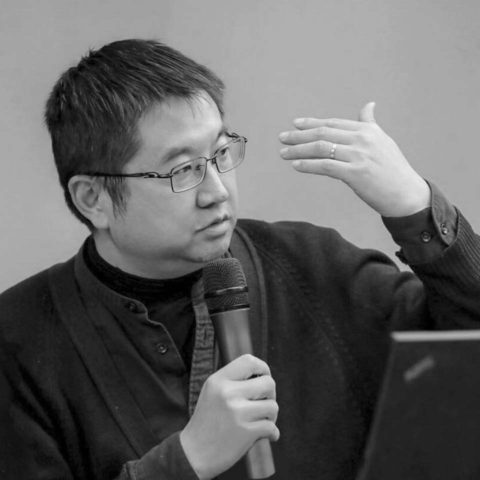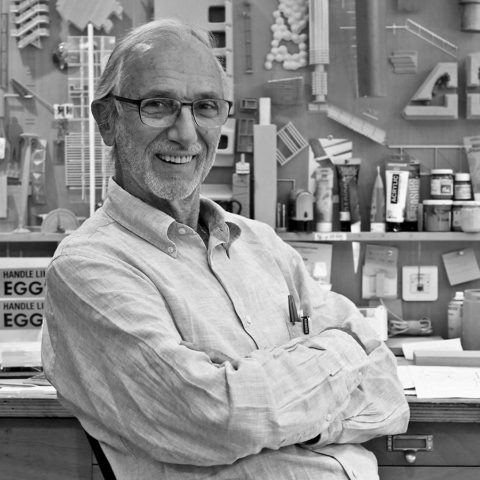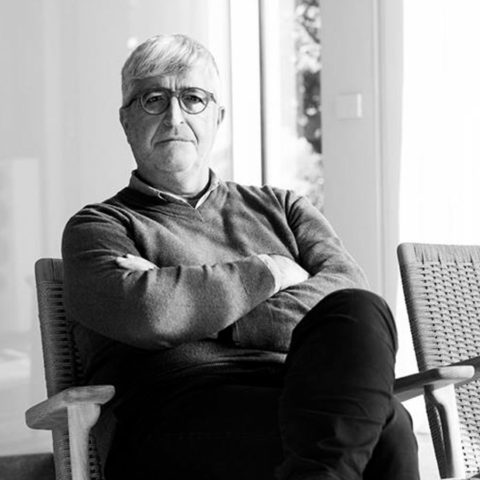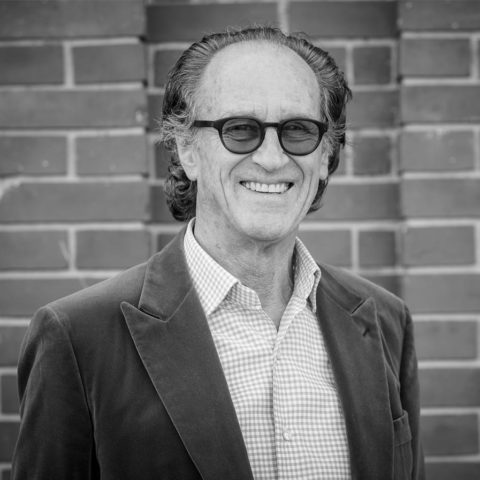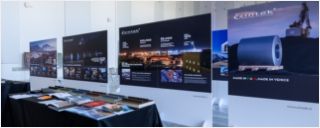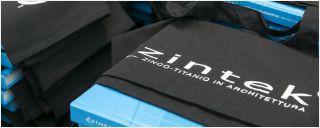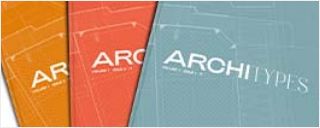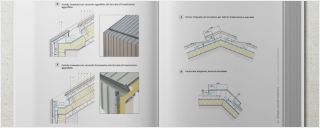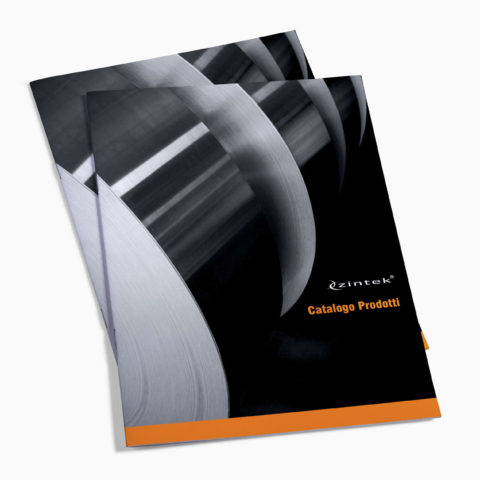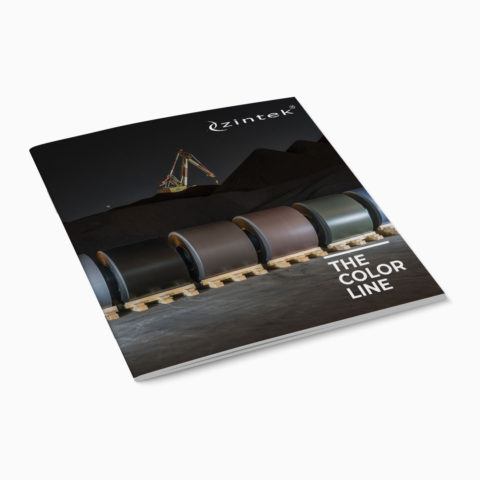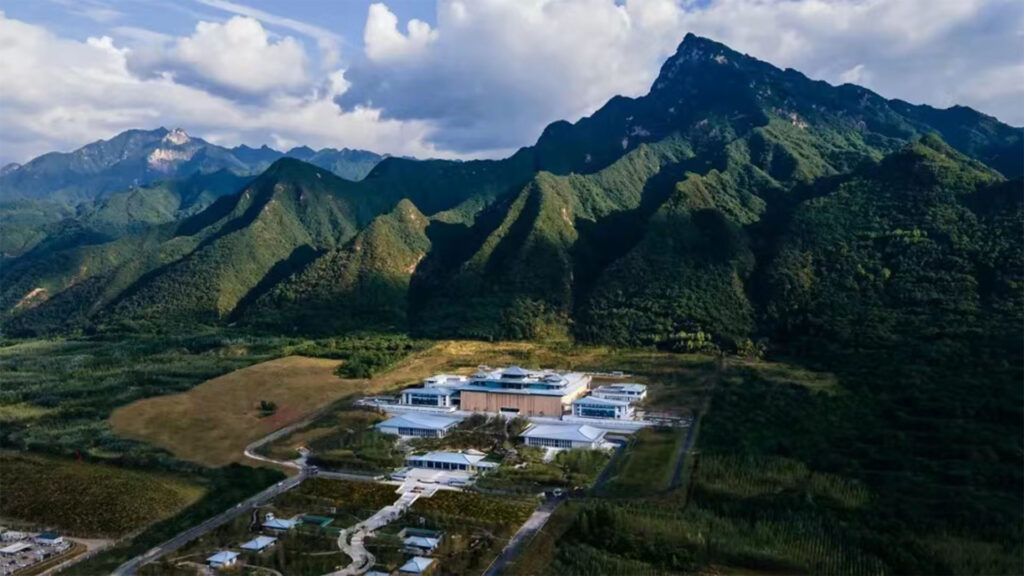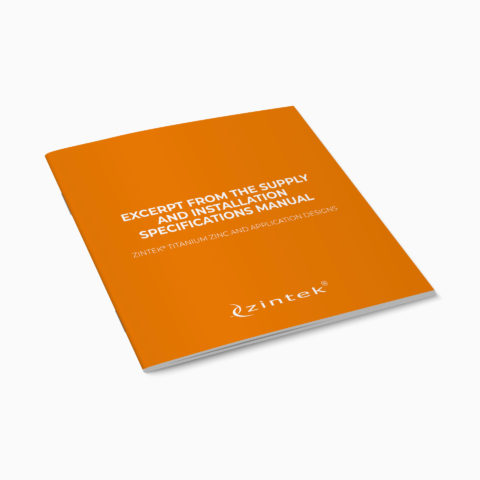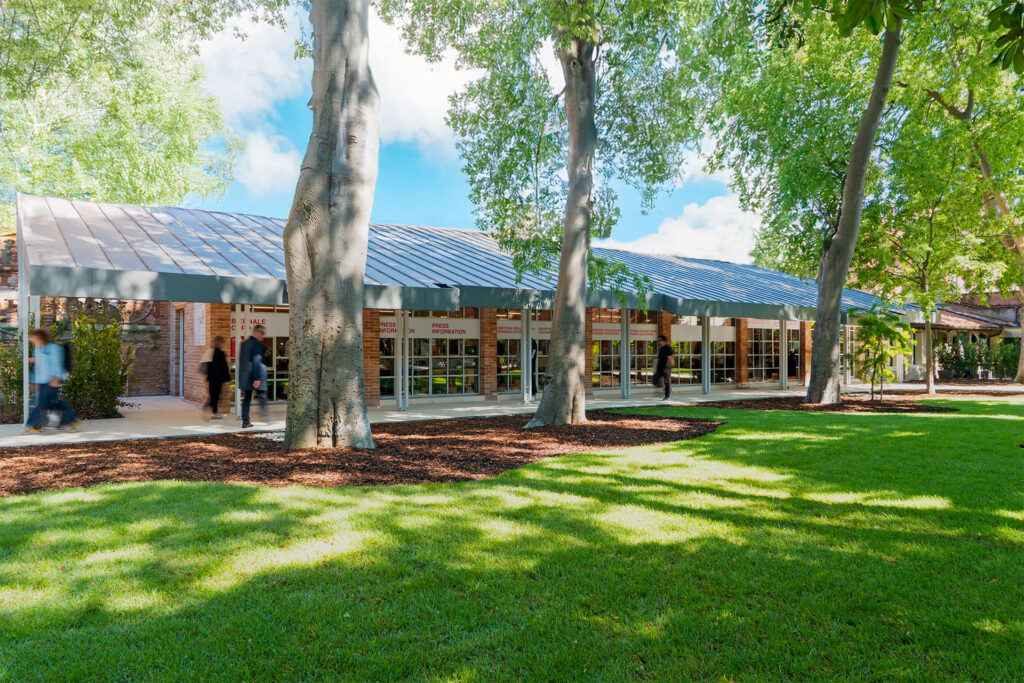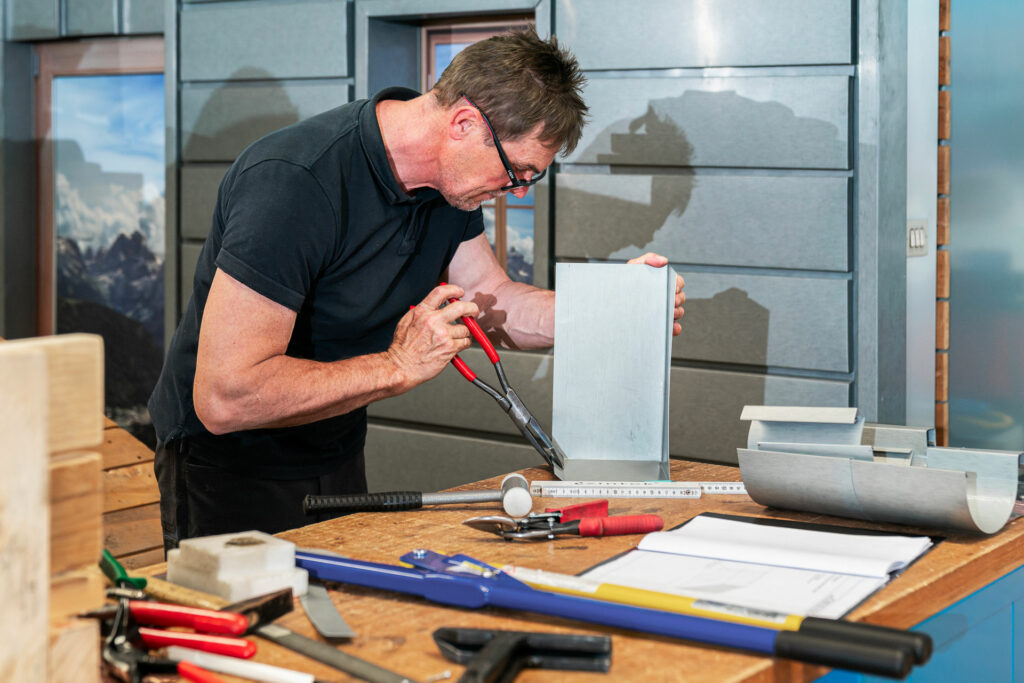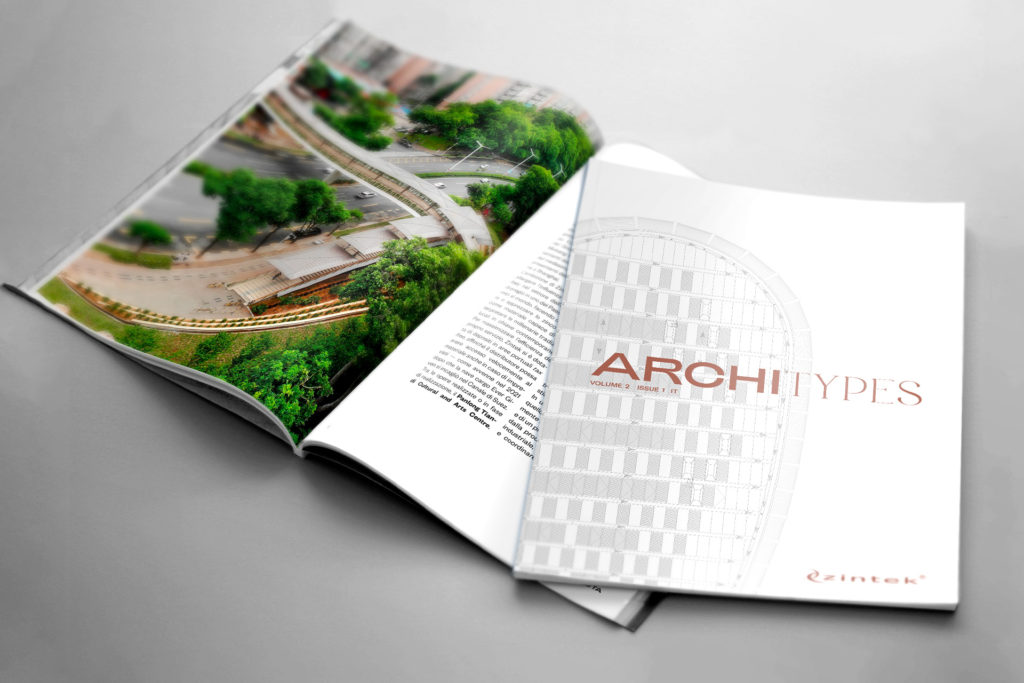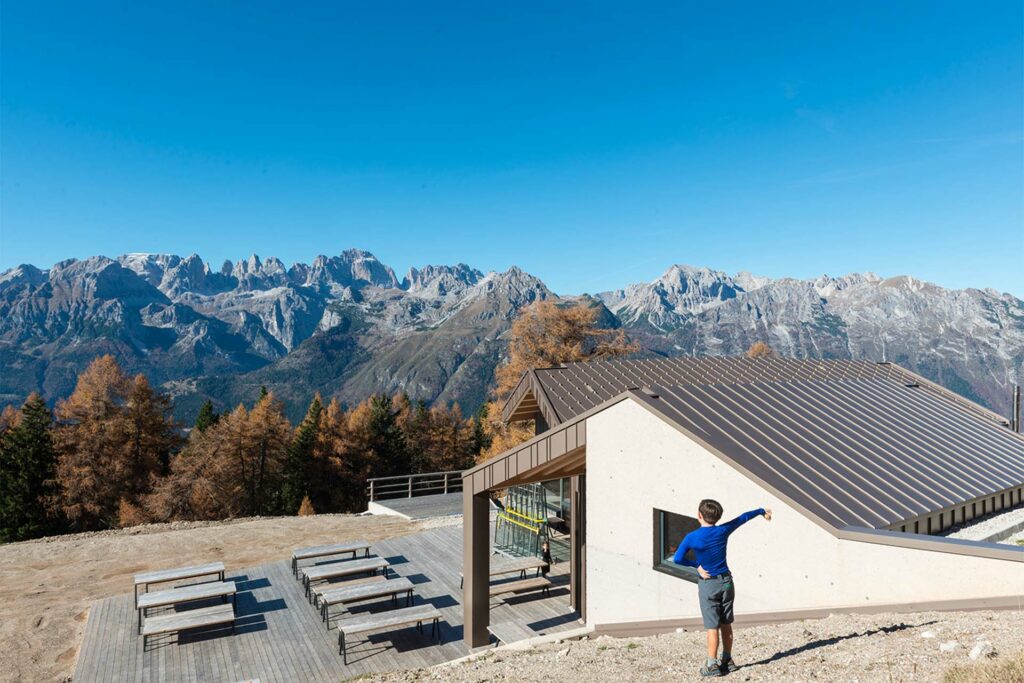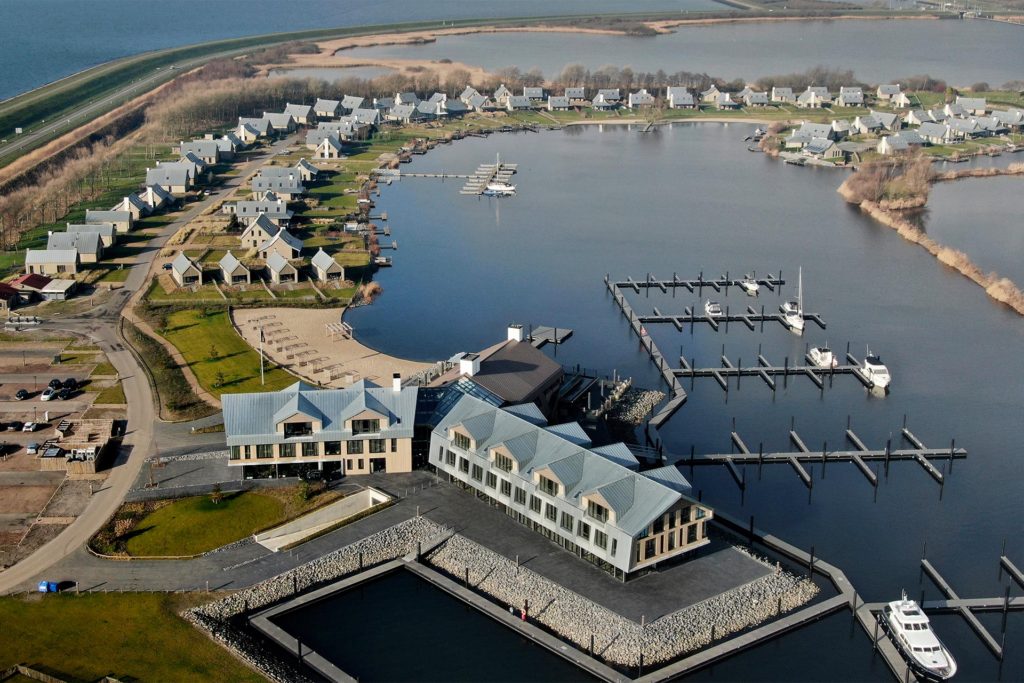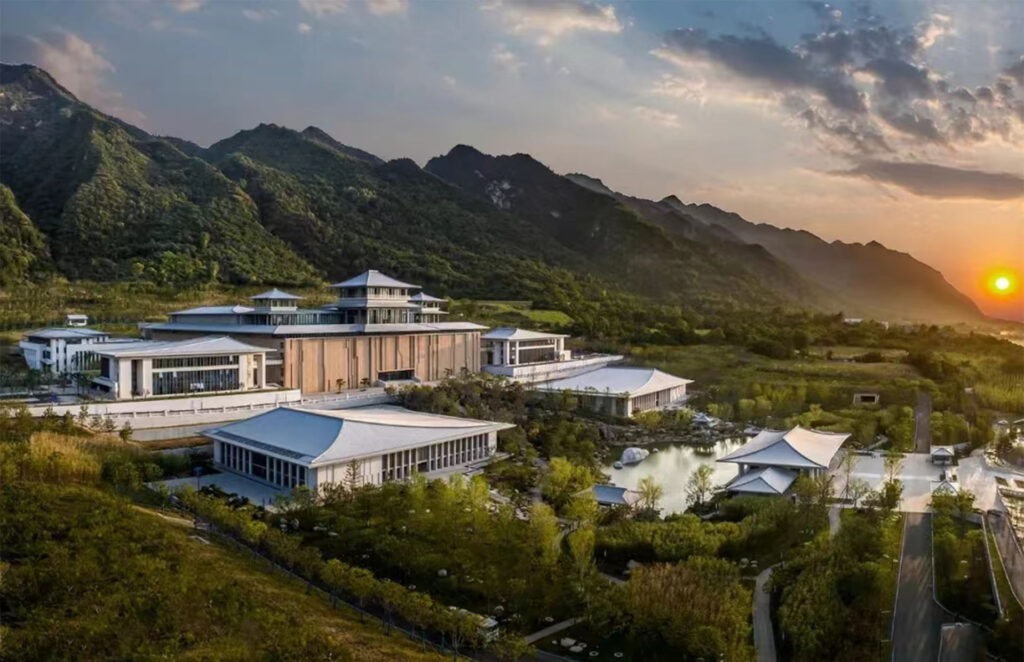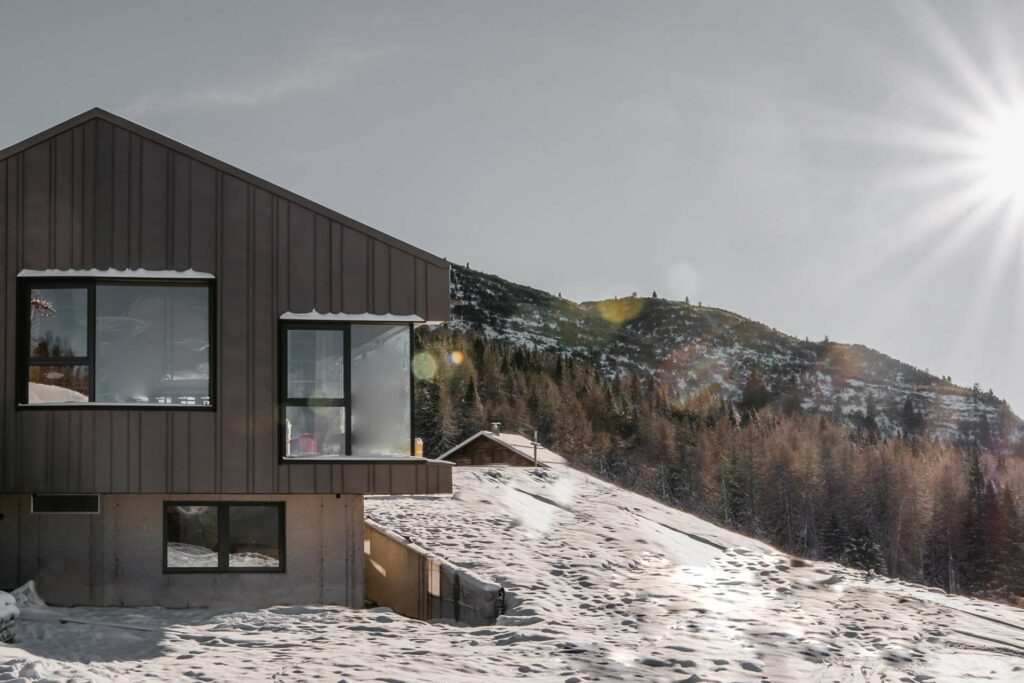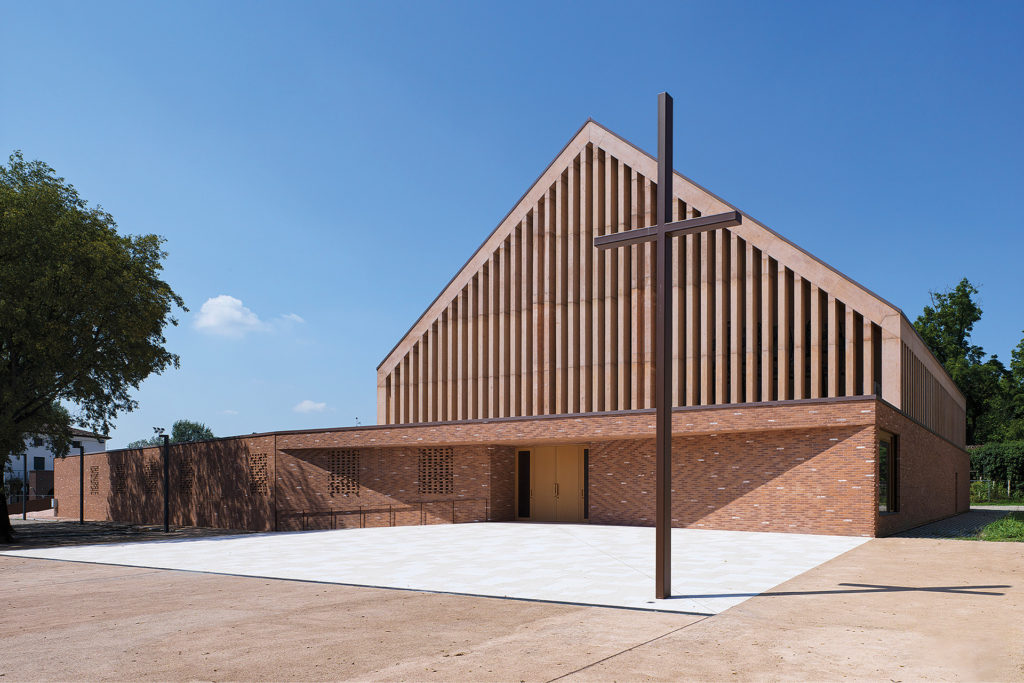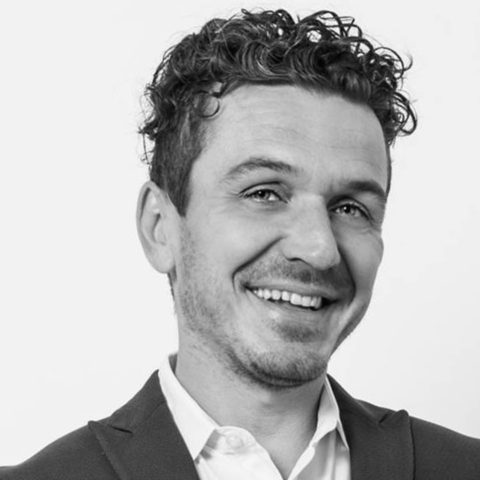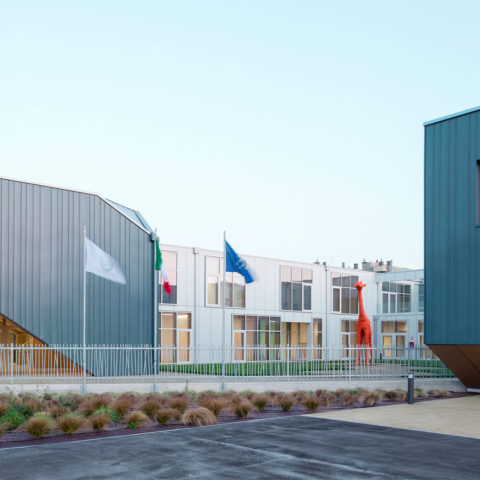NEW PRIMARY SCHOOL OF PORTO POTENZA PICENA
Completed the new primary school of Porto Potenza Picena (MC) designed by Settanta7
The new primary school in Porto Potenza Picena, in the province of Macerata, is named after Rita Levi Montalcini. It is a project born with the precise goal of creating an iconic and zero-maintenance welcoming architecture, through shapes and volumes, in keeping with the existing urban fabric.
The result is a new building distributed on two levels according to a C-shaped system, with an internal courtyard. 24 classes, a canteen, a gym and an auditorium, the latter designed as places open to the city, which can also be used by external users.
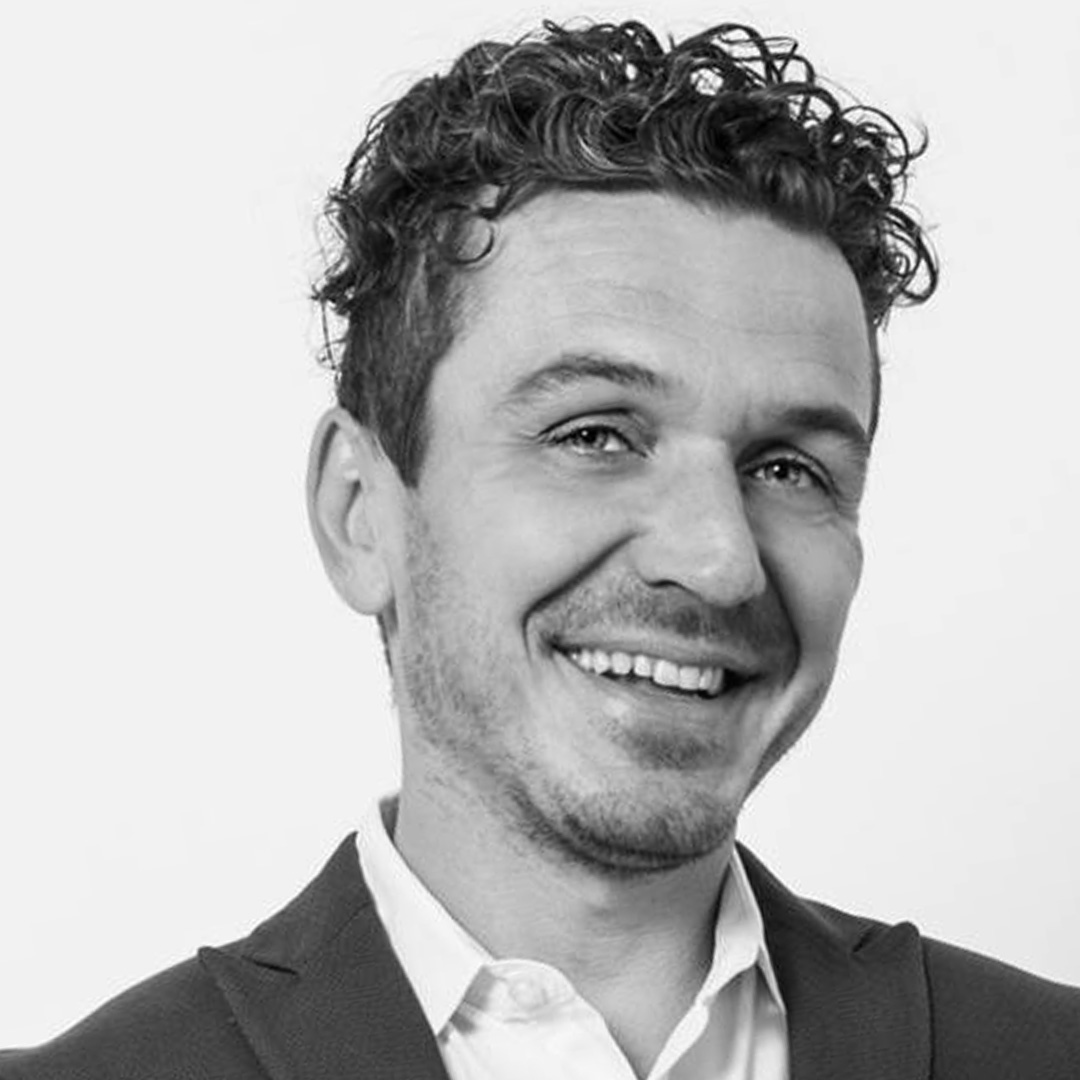
We are going to talk about it with Daniele Rangone
of studio Settanta7.
THE PROJECT
The Primary School of Potenza Picena in the province of Macerata presents us with a space dedicated to education, an original architecture that speaks to us of the evolution of school buildings: how were these spaces conceived and designed?
D.R. We thought of an inclusive school able to “embrace” users also at the compositional level. The project consciously incorporates slit spaces of the ordinary classroom-corridor scheme capable of creating unexpected dynamics and greater flexibility. The gym and the auditorium also have separate entrances from the school and can therefore be used by the whole community, accentuating the vocation of “civic centre” of the new building. The design promotes outdoor activities with conviction thanks to the terrace for outdoor teaching and the recreational-sports spaces.
FAÇADE IN ZINTEK®
Façades characterised by obvious geometries and formal rigidity: how many and what are the creative possibilities triggered by the “simple” choice of a cladding material such as zintek®? Did the use of zintek® help you, and with what advantages?
D.R. It has helped us a lot to effectively disrupt the rigidity of the external elevations that we chose ideally to represent a curtain that shifts the balance on the transparency of the elevations overlooking the internal courtyard. The alternating layering with different widths of the sheets lightens and completely alters the east and west elevations that are very long.
SUSTAINABILITY
Titanium zinc was chosen, in agreement with the Superintendency, for its qualities of resistance in environments subject to salt mists and to eliminate maintenance for the entire duration of the building.
Is sustainability also becoming a value in our country?
D.R. Sustainability is, with the physiological times of Italic metabolisation, becoming a recognised value to be pursued. Not only as a mere race to respect regulatory obligations but also as a search for increasingly ambitious and interesting energy performances. Effective, concrete and lasting sustainability must, in my opinion, be able to superimpose environmental sustainability, economic sustainability and social sustainability in an unprecedented and intelligent way.
THE COLOUR
Today’s school can count on a series of materials that give us important requirements for the future of construction and zinc-titanium zintek®, thanks to its ductility, durability, sustainability and total recyclability, is one of the best. What challenges did this project face?
D.R. An important, almost ambitious goal was to break the stereotype of the elementary school painted in bright pastel tones to create a more balanced, contemporary and elegant architecture.
When we had to choose the zinc titanium colour, we opted without the slightest doubt for the Mediterranean Blue zintek®. I find it a very effective choice, the school is, in fact, a few hundred metres from the sea.
THE CUSTOMISATION
I read about you: “WHAT DO WE DO? We design buildings. We do it quickly and with extreme care ….” Talking of extreme, care zintek®, offers a tailored and quality solution for a series of features present throughout its life cycle, durable, authentic and without maintenance costs. A product that marries your professional philosophy, then?
D.R. Yes. Despite having technical characteristics that I would define as tenacious, it allows a high degree of customisation, helping to connote our architectures in an original way.

